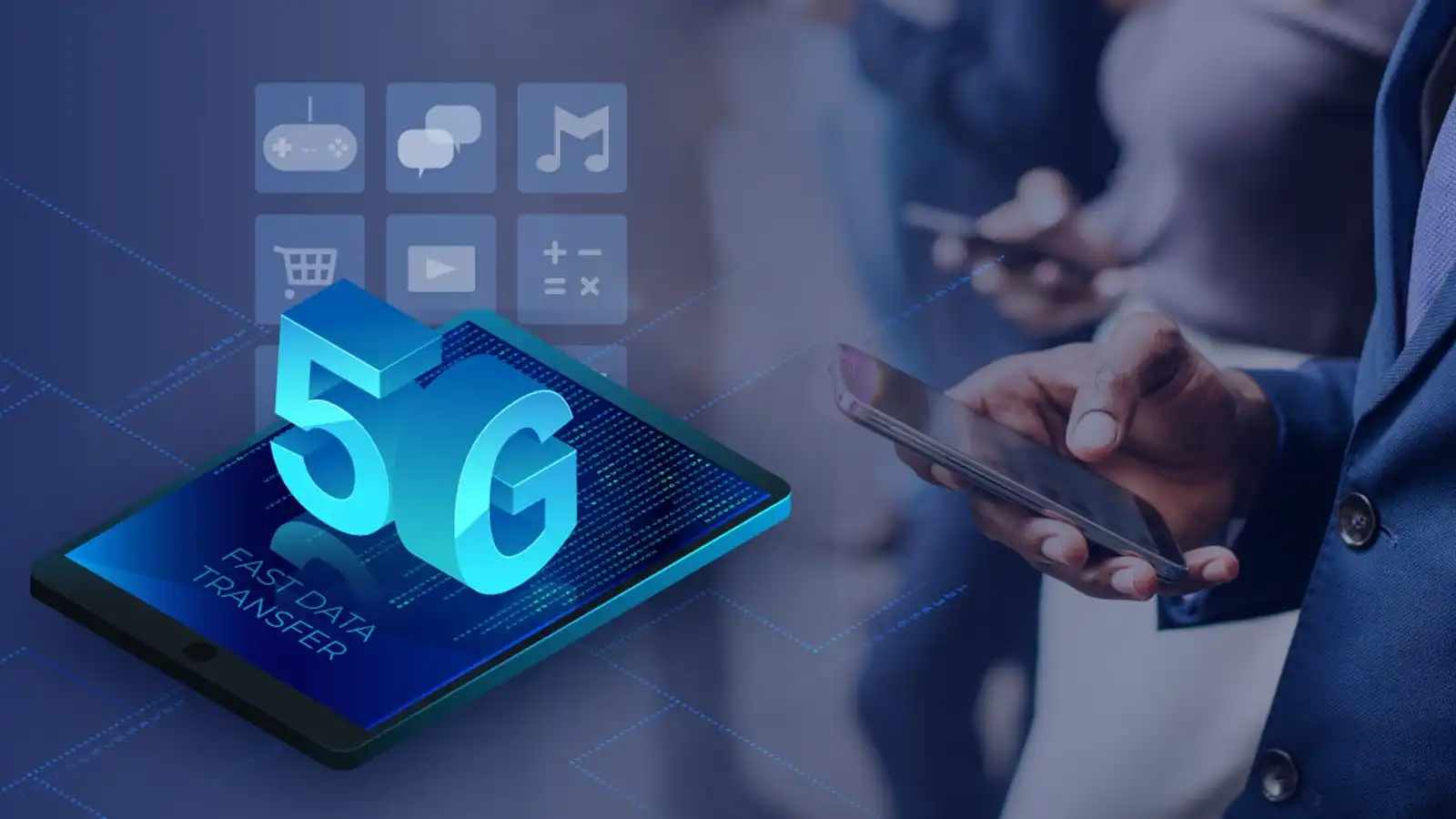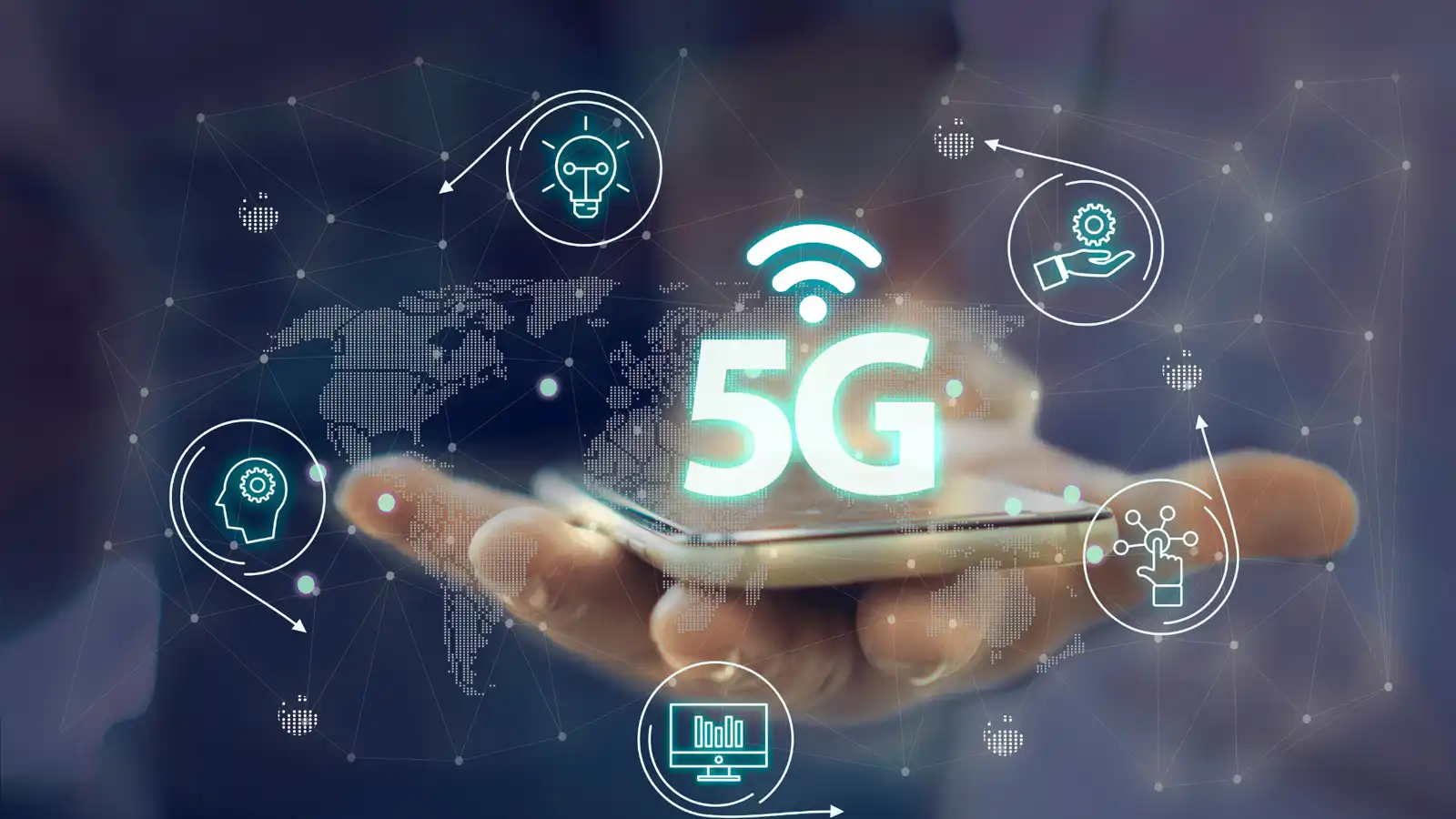It is no secret that 5G networks will transform the mobile experience for mobile app developers and users alike. With blazing-fast speeds, reduced latency, and increased bandwidth, 5G unlocks new possibilities for mobile apps that weren’t feasible.
In this article, you’ll explore the magnitude of 5G’s impact on mobile app. From enhancing existing apps to enabling emerging ones, you’ll see how 5G is a real game-changer. You’ll learn key ways 5G will affect factors like performance, functionality, innovation, and user experience. Understanding the impact of 5G technology on mobile app equips you to use its full potential as a developer or user.
Understanding 5G Technology and How It Works
5G technology utilizes higher frequency bands of the radio frequency spectrum. Specifically, 5G operates in the millimeter wave spectrum between 30 to 300 gigahertz.
High Band Spectrum
This high-band spectrum allows for faster data speeds and lower latency. However, the signals cannot travel as far and can be obstructed more easily.
Mid Band Spectrum
Mid-band spectrum between 1 to 6 GHz is also used by 5G. It provides a good balance of coverage and speed. The mid-bands currently used for 5G can deliver peak download speeds of 100 to 400 megabits per second.
Low Band Spectrum
Low-band spectrum below 1 GHz is utilized to provide wider coverage. The low-bands have a longer range and better indoor penetration. However, peak speeds are usually only 10 to 50 megabits per second. The low-bands currently deployed for 5G are repurposed from existing cellular bands.
5G technology also utilizes more advanced antenna technology like beamforming, massive MIMO, and beam tracking. These technologies help direct data transmission to connected devices more precisely. They also allow for more devices to be connected at once with stronger, faster signals.
5G networks are also built to be more software-defined, virtualized, and cloud-based. Network resources can be allocated dynamically based on demand. This allows for faster upgrades, scalability, and new services. Network slicing also enables multiple virtual networks to be created on a single physical infrastructure.
Benefits of 5G for Mobile Apps
5G technology provides the foundation for enhanced mobile broadband experiences, ultra-reliable low-latency communications, and massive machine-type communications.
Faster Download and Upload Speeds
With 5G technology, mobile apps will experience exponentially faster download and upload speeds. 5G networks can reach peak download speeds of up to 20 Gbps, compared to 1 Gbps on 4G LTE networks. This means mobile apps will be able to download and upload content almost instantly. For example, users will be able to download a full movie in under a minute and share large video files in seconds.
Lower Latency
5G networks have ultra-low latency, around 1 milliseconds. This means the time between when you tap an app or send a request and when you get a response will be nearly instantaneous. Mobile apps will feel extremely responsive and load times will be dramatically reduced. Things like mobile gaming, virtual reality, and augmented reality will benefit greatly from the lower latency.
Increased Bandwidth
5G provides significantly more bandwidth than previous mobile networks. It uses higher-frequency radio waves that can carry more data. This extra bandwidth will allow mobile apps to access and share richer content without buffering or lagging. Things like 4K video streaming, virtual reality, and augmented reality will work smoothly on mobile apps.
Improved Battery Life
With 5G technology, mobile apps will benefit from improved battery life on devices. 5G networks are more efficient than previous generations, transmitting data with lower latency and less power. This means that 5G devices require less energy to power antennas and transmit data.
New Power Saving Technologies
5G technology also introduces new power-saving features like enhanced discontinuous reception (eDRX). This allows 5G devices to go into “sleep mode” when not transmitting data, and then wake up quickly to receive incoming data. Apps that take advantage of eDRX can significantly reduce power usage and improve battery life. 5G devices also use beamforming technology to focus signals directly at the user, rather than broadcasting in all directions. This focused targeting helps maximize data speeds while using less power.
Faster Data Transmission
5G technology transmits data up to 100 times faster than 4G LTE networks. This speed improvement means that mobile apps can accomplish tasks very quickly using 5G connectivity. Apps no longer have to drain the battery by running processes for long periods. Data can be transmitted and received almost instantly, allowing the app to go idle sooner and preserve battery life.
The impact of 5G technology on mobile app development will provide faster speeds, lower latency, more bandwidth, and new capabilities for mobile apps This will lead to an enhanced user experience, innovative new apps, and the ability to access rich and immersive content on the go. The impact of 5G on mobile apps will be substantial.
What Will Be the Impact of 5G Technology on Mobile App
The widespread adoption of 5G technology is expected to revolutionize mobile app development, offering faster download speeds, reduced latency, and increased network capacity.
Faster Speeds and Lower Latency
5G technology will significantly increase the speed and responsiveness of mobile apps. 5G networks can achieve peak download speeds of up to 20 gigabits per second, compared to 1 gigabit per second for 4G LTE.
Blistering Download and Upload Speeds
With 5G, mobile apps will be able to download and upload data at unprecedented rates. Large files like videos, movies, and games will download nearly instantly. Image-heavy apps will load photos and graphics with no lag or buffering. Productivity apps will sync and update data in the background at high speed.
Near Real-Time Responsiveness
5G networks also have extremely low latency, with response times of just 1 millisecond. This means mobile apps will be able to communicate with 5G networks almost instantly. Apps that require fast responsiveness such as virtual and augmented reality, self-driving vehicles, and remote surgery will function seamlessly over 5G. Multiplayer mobile games will enable real-time interactions between players without delay.
With vastly improved speeds, latency, and connectivity, the impact of 5G technology on mobile app performance will boost the capabilities and performance of mobile apps. Complex apps involving high bandwidth data transfers, real-time interactivity, and a high volume of connected devices will work to their full potential. For users, this means mobile apps that are faster, more responsive, and always accessible. The rollout of 5G networks and compatible mobile devices will help usher in a new generation of innovative app experiences.
Enhanced Connectivity and Capacity
With 5G technology, mobile applications will benefit immensely from enhanced connectivity and network capacity. 5G networks can support up to 100 times more connected devices per unit area than 4G LTE networks.
5G networks are designed to connect many more devices at once compared to 4G LTE. This will allow many more mobile apps to stay connected simultaneously. Smart home apps will be able to control many connected devices at the same time. Wearable tech and health monitoring apps will provide continuous data tracking and feedback. Vehicles will have constant connectivity for navigation, diagnostics, and more.
Ultra-Low Latency 5G technology provides ultra-low latency of 1 millisecond which is 100 times faster than 4G networks. This allows mobile apps to work with little or no buffering. Augmented reality, virtual reality and cloud gaming apps which require fast response times will perform optimally.
Faster Data Speeds 5G technology offers peak download speeds of up to 20 gigabits per second which is 100 times faster than 4G LTE networks. This means mobile apps can stream high-definition content and download files in seconds. HD mobile video streaming, file sharing and software updates will be significantly enhanced.
Network Slicing
5G technology supports network slicing which provides dedicated virtual networks with customizable speeds and latency. Mobile apps can be optimized for specific use cases. For example, remote surgery apps require ultra-low latency while mobile TV streaming apps require high bandwidth. Network slicing allocates the appropriate network resources for optimal performance.
The impact of 5G technology on mobile app development will transform the capabilities and performance of mobile applications through enhanced connectivity, higher data speeds, increased bandwidth, lower latency and network slicing. Mobile apps across various categories including entertainment, healthcare, education and enterprise solutions stand to benefit immensely from 5G networks. The future of mobile applications depends on 5G.
New Possibilities for App Innovation
The advent of 5G networks will unlock new opportunities for mobile app developers to build innovative experiences. With 5G’s high bandwidth and low latency, apps can utilize enhanced augmented reality (AR), virtual reality (VR), and live streaming capabilities.
Ultra-Fast Downloads and Streaming
5G’s increased bandwidth will allow apps to download and stream high-quality content instantly. Streaming services can provide 4K video and immersive audio. Additionally, 5G enables new categories of apps like cloud gaming that stream graphics-intensive games to smartphones.
Advanced Immersive Experiences
5G’s high bandwidth and low latency will enhance AR and VR experiences in mobile apps. Retail apps can use AR to display virtual products that customers can interact with. Social apps can utilize VR for immersive video calling and virtual shared spaces. Healthcare apps may employ AR for interactive anatomy visualizations.
Reliable Connectivity for Mission-Critical Apps
With 5G’s high reliability and low latency, apps that require always-on connectivity and fast response times can operate effectively. Autonomous vehicle systems, smart city infrastructure, and remote surgery are examples of mission-critical applications that 5G can enable. Apps must have a robust network to handle the massive amounts of data required for these complex use cases.
While 5G brings opportunities, it also introduces challenges. App developers must account for differences in 5G network implementations across carriers and countries. They must also consider that 5G coverage is still limited to select areas. However, as 5G technology and infrastructure continue to evolve, it will transform what’s possible with mobile apps. Overall, 5G has the potential to revolutionize mobile experiences through new categories of apps and enhanced capabilities.
App Optimization
With 5G networks, app developers now have the opportunity to optimize their apps for improved battery efficiency. They can redesign apps to take advantage of 5G speeds and quickly go idle when not in use. Native 5G connectivity in apps can also tap into new 5G power-saving features. All of these optimizations will allow apps to run faster while draining less battery.
The impact of 5G technology on mobile app development brings major improvements in speed, connectivity and power efficiency. For mobile apps, the improved battery life and new opportunities for optimization will significantly impact the user experience. Apps that fully leverage 5G networks will see huge benefits in performance, functionality, and sustainability.
Conclusion
In closing, you have seen the major ways the impact of 5G technology on mobile app. With faster speeds, lower latency, and increased bandwidth, 5G networks will enable mobile apps to provide richer content, real-time interactions, and immersive experiences.
Consider how 5G could transform the apps you use daily. From live-streaming sports games to collaborating remotely through augmented reality, the possibilities are endless. While the rollout of 5G infrastructure continues, developers are already creating the next generation of mobile apps that will leverage the impact of 5G technology on mobile app performance and functionality. Embrace these changes, and think big about what 5G means for the future of mobile technology.








